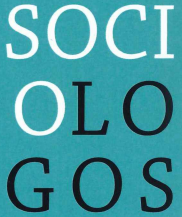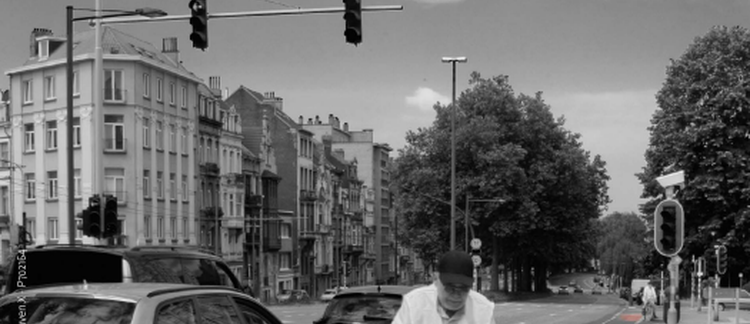Abstract
School segregation in the Dutch-speaking education system in Belgium has increased rapidly over the past ten years. Children from different socio-economic backgrounds used to be more evenly distributed across schools than they are now. Applying the Hutchens index of segregation to population data, we illustrate this evolution between the academic years 2001-2002 and 2011-2012. The increasing trend is robust over different geographical regions. In secondary schools, segregation between educational tracks is high, especially when compared to differences in socioeconomic composition between geographical regions. We also demonstrate that segregation is characterized by concentrations of disadvantage, rather than by concentrations of advantage. Our results indicate that the increase in school segregation can partly be explained through a rise in neighbourhood segregation, and partly through parental preferences for school composition. We also demonstrate that not only the so-called concentration schools (commonly indicating schools with high concentrations of disadvantage) drive this evolution. Above all, increasing segregation seems to result from an increase in the distribution of all schools according to their share of disadvantaged pupils, also of those schools that reflected the overall population well to begin with.
How to Cite:
Wouters, T. & Groenez, S., (2014) “De evolutie van schoolse segregatie in het Nederlandstalige onderwijs in België”, Sociologos 35(3), 185–211. doi: https://doi.org/10.21825/sociologos.86853
Downloads:
Download PDF
View
PDF


